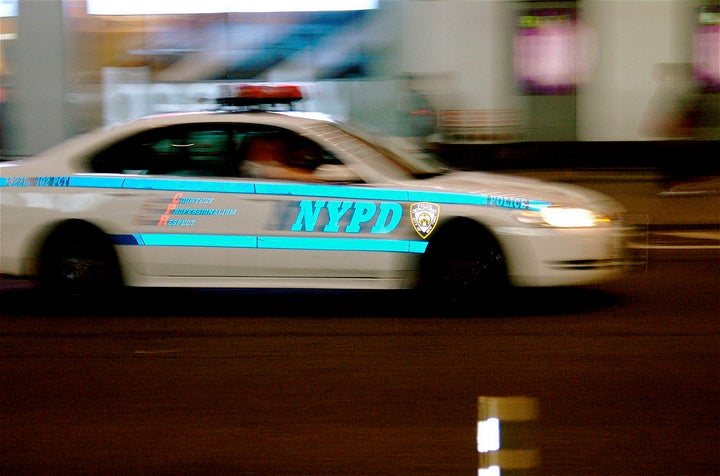
New numbers out this week confirm what has sadly become an old story in New York: Nearly 700,000 city residents were stopped by the NYPD last year, more than 90 percent of them for little or no reason at all. That's more stops than there are people in the city of Boston.
We cannot continue down this path. That's why tonight I am hosting a forum in Harlem entitled "Moving Beyond Stop and Frisk: A Dialogue on Alternatives that Work," an event intended to shine some light on how other cities are reducing gang and gun violence by working with communities, not against them.
Don't get me wrong -- there are times when police are justified in stopping and frisking subjects they deem to be a threat.
But we need to base these stops on something more empirical than "furtive movement," which today is the most commonly checked box by police officers when asked to explain a stop. It's a standard so loose, Philadelphia was compelled to ban it recently as part of a negotiated settlement with the U.S. Justice Department.
The 4th Amendment right against unreasonable searches has been clearly defined by the Courts for years: The only legal justification for a stop is when an officer has reasonable suspicion, based on specific facts -- not a hunch -- that the individual stopped has either just committed a crime or is about to.
Anything else is a clear violation of the U.S. Constitution, for which there can be no excuse -- not here, not anywhere.
We can and must do better.
New York's dramatic reduction in crime is one of the defining achievements of the last 20 years, a success that underpins so much of our city -- our economy, our neighborhoods, our quality of life. No one wants to go back to the bad old days of 2,200 murders a year, and our brave men and women in blue deserve our utmost appreciation for the job they do every day.
But we need to work to build bridges of trust and respect into every neighborhood by piloting innovative strategies that have not only reduced crime elsewhere, but done so without alienating whole communities.
Look at Boston, where John Jay College professor David Kennedy and his colleagues in 1996 first launched "Operation Ceasefire," and which now has been replicated in some 50 towns and cities across the nation.
Armed with the knowledge that a small number of criminals commit most of the violent crimes in a neighborhood, Kennedy devised a system -- the "call-in" approach -- where gang members, drug dealers and other "bad actors" are summoned to a meeting with the local police department, district attorneys, the feds, clergy, community leaders and social services organizations.
At that meeting, offenders are given a choice -- either stop committing violent crimes now, or watch as we arrest not just you but every member of your crew. In the meantime, we have people here who want to help you get your life back on track.
It is a multi-pronged, multi-agency approach designed to stop the cycle of violence in a community, to give young people a second chance. And it works.
In its first two years in Cincinnati, the call-in approach helped reduce the number of gang-related homicides by 50 percent. In Boston, what became known as Operation Ceasefire was associated with a 63 percent reduction in youth homicide in two years. Gun assault incidents and police calls for "shots fired" also plunged.
It's a strategy that rests, crucially, on communities believing that police are there to target the few bad apples among them, and to protect everyone else. Relationships of trust, instead of suspicion, are built up.
We should be piloting this approach in New York City. The NYPD should also be using CompStat -- its data-driven accountability model credited with contributing to steep declines in crime -- to hold precinct commanders accountable for high numbers of suspicion-less stops, as I first suggested last year.
Instead of lauding commanders for high numbers of stops regardless of their efficacy, the NYPD should focus on the "hit rate" of stops that actually recover weapons to ensure that they are being constitutionally deployed.
That is being tough on crime by being smart on crime.
At the end of the day, we need to recognize that stopping 700,000 New Yorkers every year, the vast majority for little or no reason at all, is unconstitutional, ineffective and deeply out of step with the city's heritage as a place where all people -- no matter where they come from or what they look like -- are equal in the eyes of the law.
The day we do that, New York will be a better, safer city for all of us.